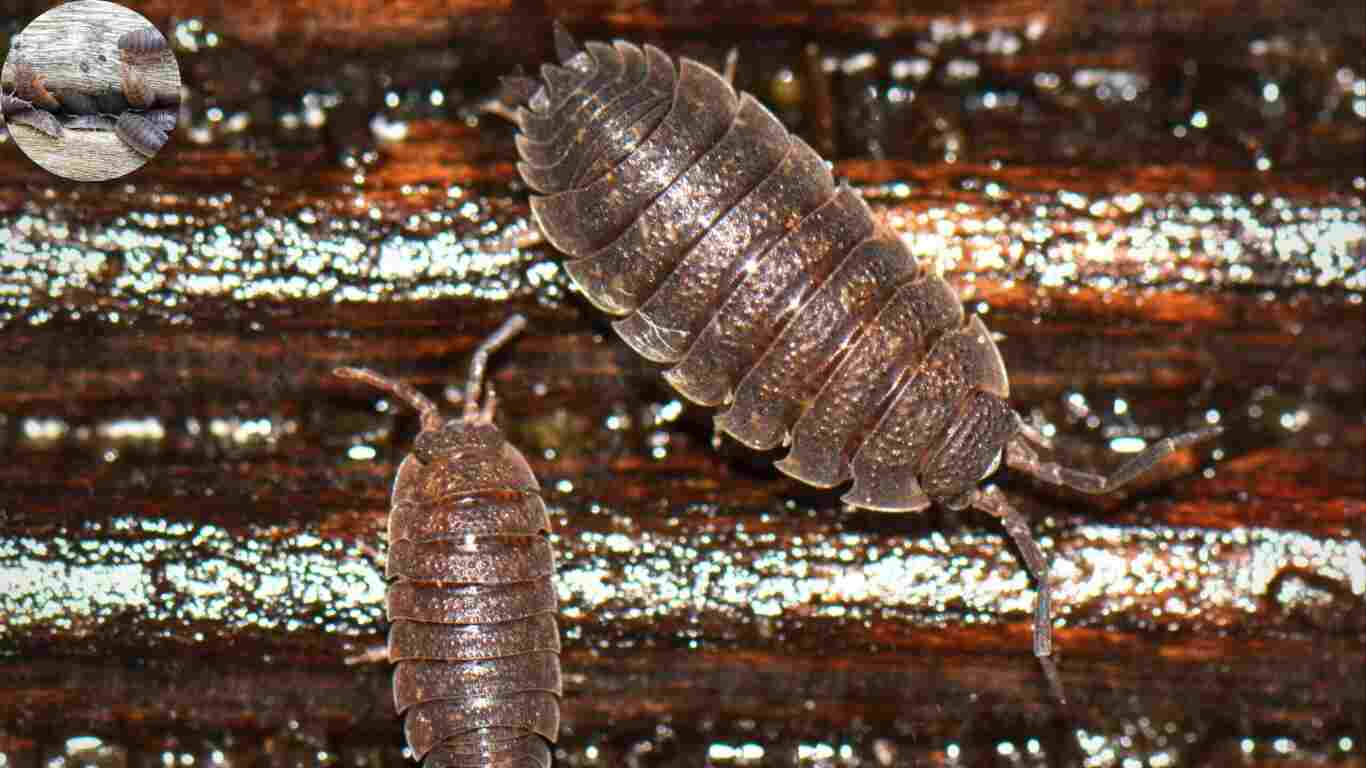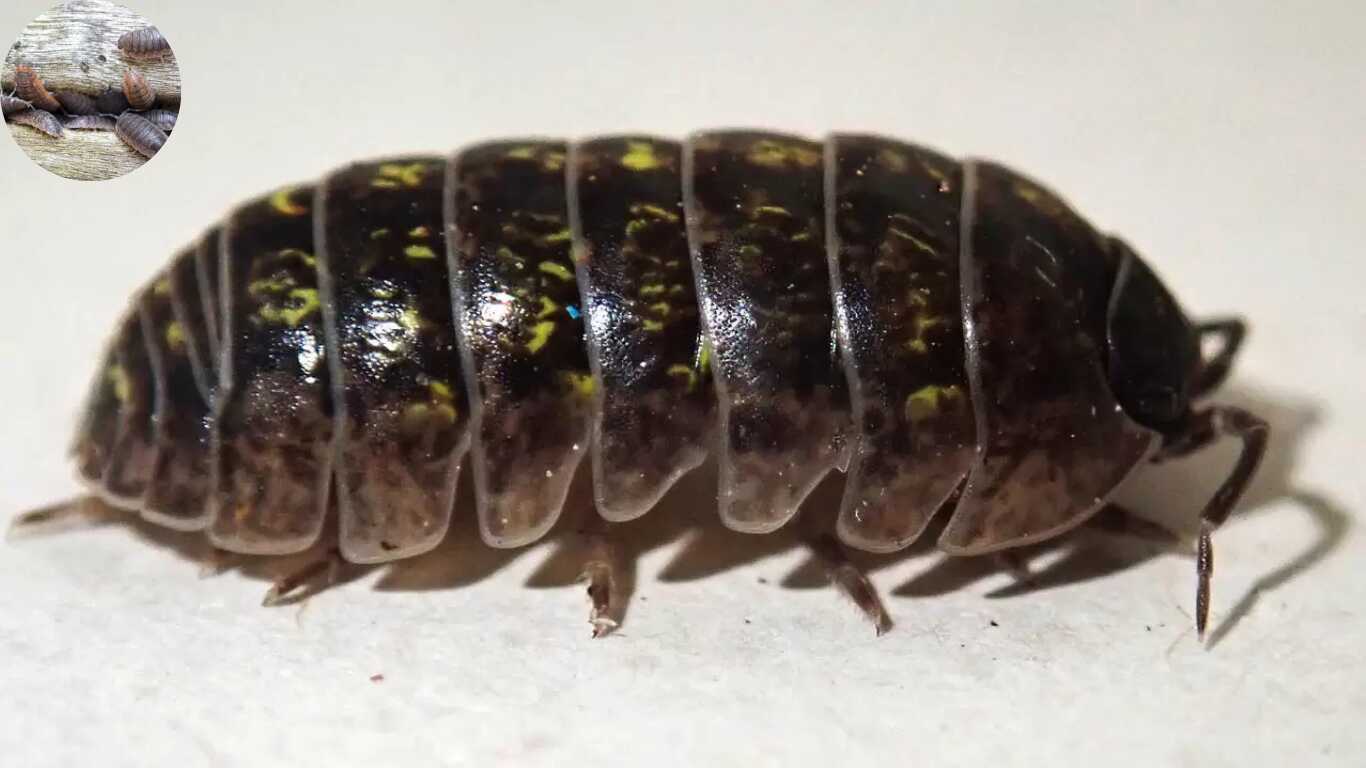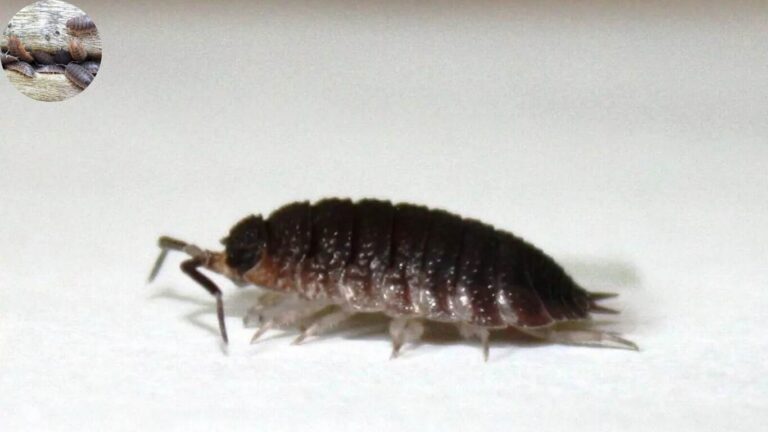Woodlice are terrestrial crustaceans known for their distinctive rigid, segmented exoskeleton and fourteen jointed limbs. They exhibit a range of fascinating behaviors that have made them a subject of interest in evolutionary biology and behavioral ecology. Notably, some species can roll into a protective ball when threatened, a behavior that helps them evade predators. Woodlice also display adaptive behaviors such as alternate turning and thigmotaxis (wall-following), which aid in escaping unfavorable conditions like desiccation or predation. Their reproductive behavior includes females carrying fertilized eggs in a water-filled brood pouch until the young are ready to survive independently. These behaviors highlight their evolutionary adaptations from aquatic ancestors to life on land, allowing them to manage challenges such as moisture loss and predator avoidance effectively.
Signs of a Woodlouse Infestation in Your Home
Detecting a woodlouse infestation early can save you from bigger problems. Keep an eye out for small, grayish-brown creatures scuttling across floors or walls. Woodlice are often found in damp areas, so check your bathroom and basement.
These look like tiny black pellets scattered near potential hiding spots such as under sinks or behind appliances.
If you notice a musty odor, it might indicate excess moisture that attracts these pests. Pay attention to any signs of mold or mildew; they thrive in similar environments.
Damaged plant leaves in your garden could also hint at a woodlice presence nearby. They feed on decaying organic matter but may venture into living plants if food sources become scarce indoors. Being observant will help you identify and address any issues promptly.
Natural Methods for Getting Rid of Woodlice
If you’re looking for natural ways to tackle woodlice, there are several effective methods you can try.
Start by keeping your home dry. Woodlice thrive in damp environments, so reducing humidity is crucial. Use a dehumidifier or place moisture-absorbing products around affected areas.
Next, consider using diatomaceous earth. This natural powder damages the exoskeletons of woodlice upon contact, leading to dehydration and elimination.
Essential oils can also be helpful. Spraying a mixture of water with peppermint or tea tree oil in corners and crevices may repel these unwanted guests due to their strong scent.
they naturally keep woodlice populations in check without harming other plants or animals.
Remove any organic debris from your yard that could serve as hiding spots for these pests. Keeping things tidy goes a long way!
Chemical Solutions for Eliminating Woodlice
For those looking to tackle a woodlice problem quickly, chemical solutions can be effective. Various insecticides are available specifically designed for pests like woodlice. These products often contain active ingredients that disrupt the pest’s life cycle.
When choosing a chemical treatment, read the label carefully. Ensure it is safe for indoor use if you plan to apply it inside your home. Some options come in spray form, while others may be granules or bait traps.
Before applying any chemicals, prepare the area by removing clutter and debris where woodlice might hide. The treatment will be more effective if this is done.
Always follow safety precautions when using these products, including wearing gloves and a mask if required. Keep pets and children away from treated areas until they are completely dry or as specified on the product label.
Preventing Future Woodlouse Infestations
Manage your home’s moisture levels to prevent woodlice These little creatures thrive in damp environments. Use dehumidifiers or fans to reduce humidity, especially in basements and bathrooms.
Next, seal any cracks or gaps around windows, doors, and foundations. Woodlice can easily slip through tiny openings. Caulk can make a big difference.
Regular cleaning is essential too. Remove organic debris like leaves and wood piles from outside your home where woodlice often breed. Inside, vacuum regularly to eliminate potential hiding spots.
Consider landscaping as well. Keep mulch a few inches away from exterior walls to minimize contact with these pests.
Inspect plants before bringing them indoors; they could be harboring unwanted visitors that might lead you to wonder why are woodlouse in my house?
Dealing with Woodlice in Specific Areas of Your Home (Bathroom, Kitchen, Garden)
Dealing with woodlice in specific areas of your home can be a bit tricky, but it’s manageable. Each space presents unique challenges.
In the bathroom, moisture is often abundant. This creates an ideal environment for woodlice. Regularly check for leaks and ensure proper ventilation to keep humidity levels down. Wiping surfaces dry after use can also deter these pests from settling in.
The kitchen is another hotspot since food remnants attract various critters, including woodlice. Keeping the area clean is essential. If spills or crumbs occur, clean them up immediately.
For gardens, it’s crucial to maintain a balance between natural habitats and pest control measures. Woodlice thrive in damp conditions among mulch or decaying leaves; therefore, turning over garden debris regularly can help disrupt their lifecycle while encouraging beneficial organisms.
By addressing these spaces strategically, you’ll significantly reduce the likelihood of encountering unwanted visitors like woodlice again. Adjusting your habits just a little might make all the difference!
You may also read (can i buy a house and keep my council house).

